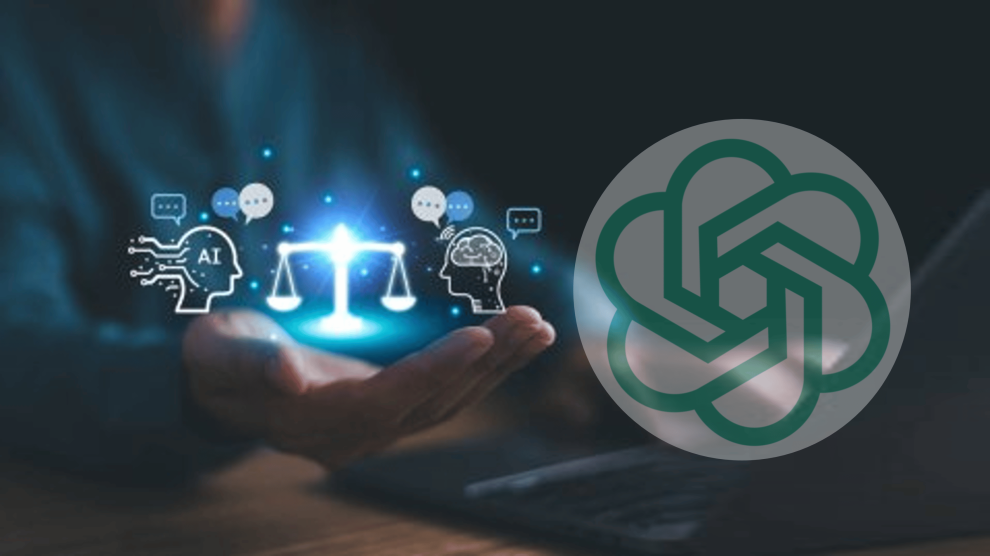OpenAI, the company behind the revolutionary ChatGPT, has announced a dramatic restructuring. The once-nonprofit AI research lab is now transitioning into a full-fledged for-profit benefit corporation, marking a significant departure from its original mission and structure.
As I stand in the heart of Silicon Valley, the air is thick with speculation and concern. Tech enthusiasts, industry insiders, and ethicists are all grappling with the implications of this unexpected shift. The question on everyone’s lips: What does this mean for the future of AI development and its impact on humanity?
OpenAI’s journey began in 2015 with a noble vision. Co-founded by Elon Musk and others, including current CEO Sam Altman, the company introduced itself to the world with a clear mission: to advance digital intelligence in a way that benefits humanity as a whole, unconstrained by the need to generate financial returns.
Jeffrey Wu, an early employee who joined OpenAI in 2018, reflects on the company’s origins: “We can say goodbye to the original version of OpenAI that wanted to be unconstrained by financial obligations. The restructuring around a core for-profit entity formalizes what outsiders have known for some time.”
This idealistic approach set OpenAI apart in a landscape dominated by profit-driven tech giants. However, as the costs of developing advanced AI systems skyrocketed, cracks began to appear in this altruistic facade.
The first significant shift came in 2019 when OpenAI created a for-profit arm to attract substantial investments, notably from Microsoft. Despite this change, the company maintained a unique structure that capped investor profits at 100 times their initial investment, with any excess intended to benefit the public.
Sarah Kreps, director of Cornell’s Tech Policy Institute, explains the significance of this latest move: “Restructuring around a core for-profit entity… departs from OpenAI’s founding emphasis on safety, transparency and an aim of not concentrating power.
Sam Altman’s Rise and the Death of the Original OpenAI
At the center of this transformation stands Sam Altman, OpenAI’s CEO since 2019. Under his leadership, the company has steadily drifted from its initial mission, prioritizing rapid commercialization over safety concerns.
The tension between Altman’s vision and the company’s original ethos came to a head earlier this year when the safety team imploded, with several key members quitting due to lost faith in Altman’s leadership.
Now, in a move that seems to complete this transformation, Altman has effectively stripped the nonprofit board of its control. While the board will continue to exist, its power has been significantly diminished.
“It seems to me the original nonprofit has been disempowered and had its mission reinterpreted to be fully aligned with profit,” Wu observes, capturing the sentiment of many in the AI ethics community.
Despite Altman’s optimistic blog posts about AI’s potential to solve global challenges, insiders suggest that financial pressures may be driving this restructuring. OpenAI has been grappling with the enormous costs of developing and maintaining its advanced AI models, which run into hundreds of millions, if not billions, of dollars.
This shift to a for-profit model raises significant legal and ethical questions. Jacob Hilton, another former OpenAI employee, expresses concern: “If OpenAI were to retroactively remove profit caps from investments, this would in effect transfer billions in value from a non-profit to for-profit investors. Unless the non-profit were appropriately compensated, this would be a money grab.”
Even Elon Musk, one of OpenAI’s co-founders, has publicly questioned the legality of this move, highlighting the unprecedented nature of OpenAI’s structure and the potential implications of this change.
In light of these developments, advocates for AI safety are renewing their calls for stronger regulation. The OpenAI saga has become a powerful argument for the necessity of oversight in the rapidly evolving AI industry.
“The general public and regulators should be aware that by default, AI companies will be incentivized to disregard some of the costs and risks of AI deployment — and there’s a chance those risks will be enormous,” Wu warns.
This sentiment is echoed by former OpenAI employees who recently published a proposal demanding a “right to warn” for employees at major AI companies. Their concerns about the insufficiency of corporate governance structures in safeguarding against AI risks seem increasingly prescient in light of recent events.
As the dust settles on this seismic shift at OpenAI, the implications for the broader AI industry are yet to be fully understood. Will other companies follow suit, prioritizing profit over safety? Or will this serve as a wake-up call for stronger regulation and oversight?
One thing is clear: the idealistic vision of an AI research lab working solely for the benefit of humanity, unconstrained by financial pressures, has been dealt a significant blow. As OpenAI embarks on its new chapter as a for-profit entity, the tech world watches with bated breath to see how this will shape the future of AI development and its impact on society.
The transformation of OpenAI serves as a stark reminder of the complex interplay between technological advancement, ethical considerations, and financial realities in the AI industry. As we move forward, the need for transparent, responsible AI development has never been more apparent.
















Add Comment